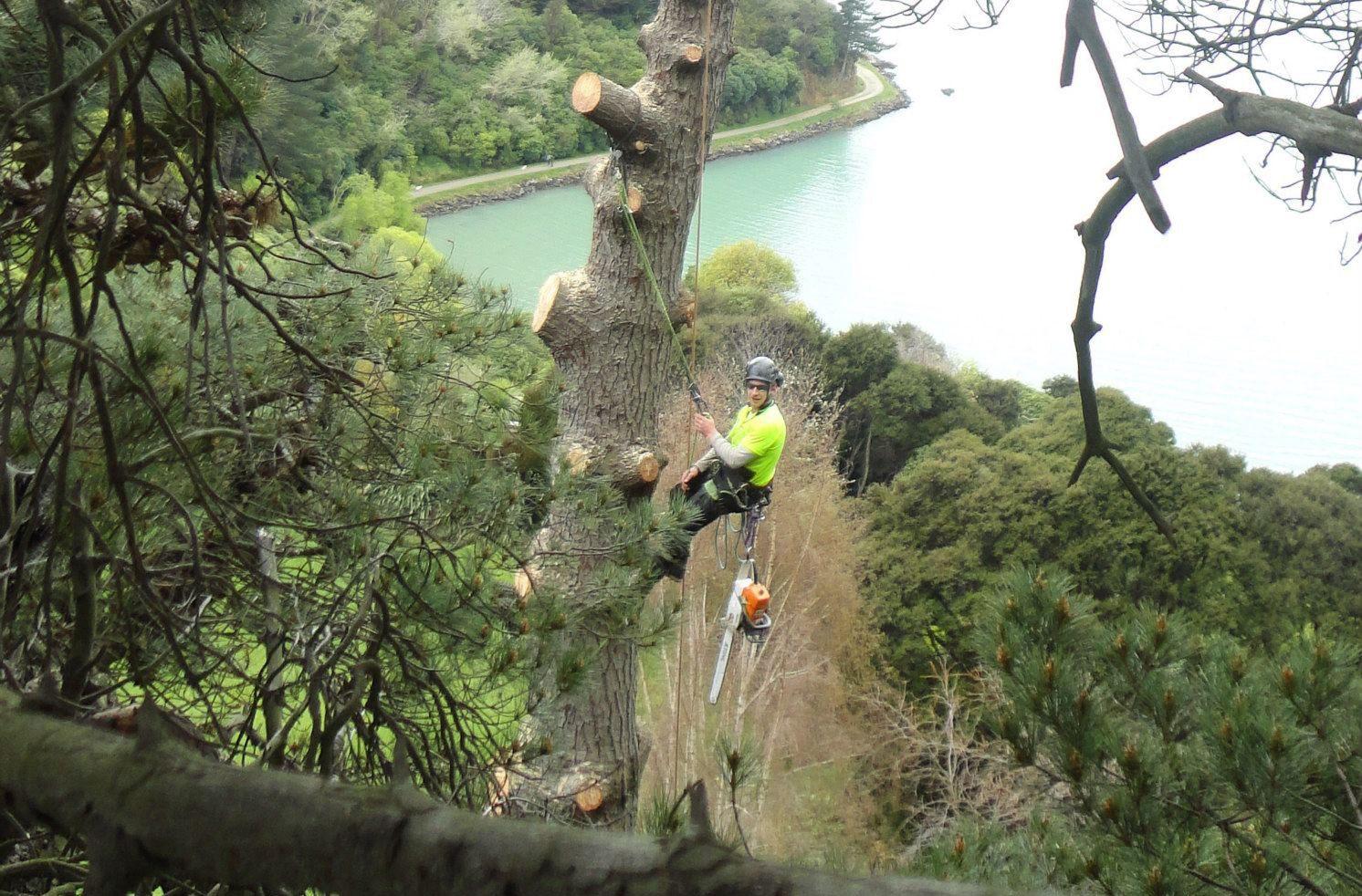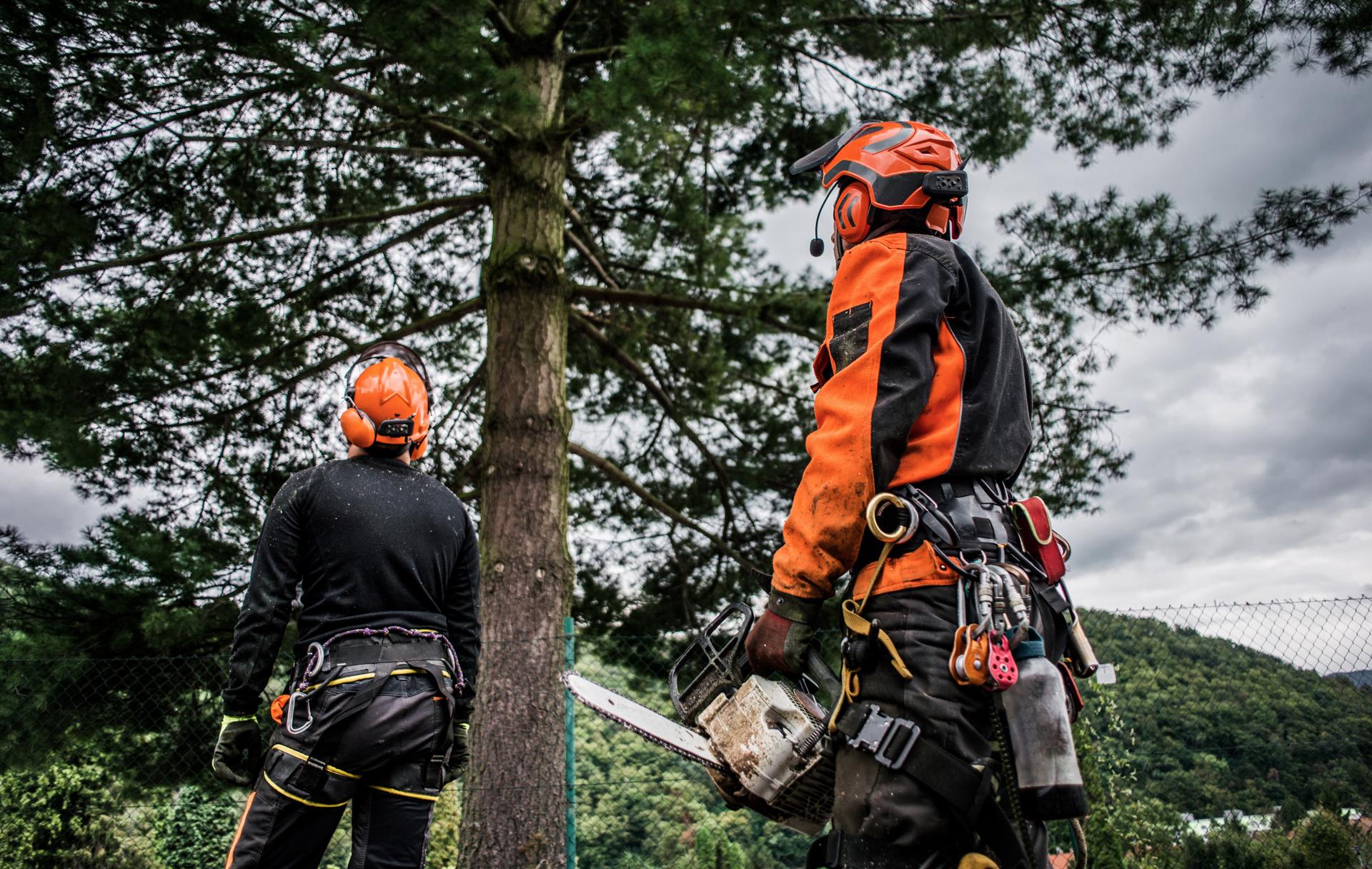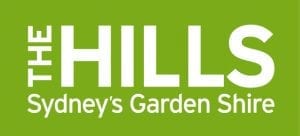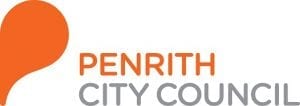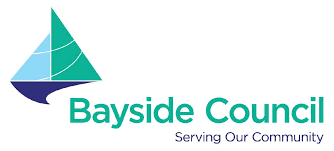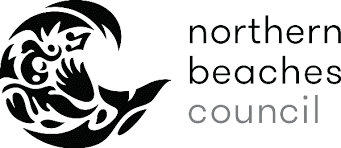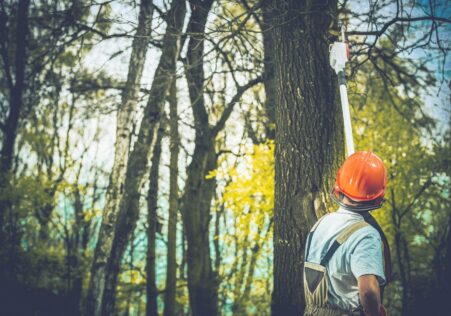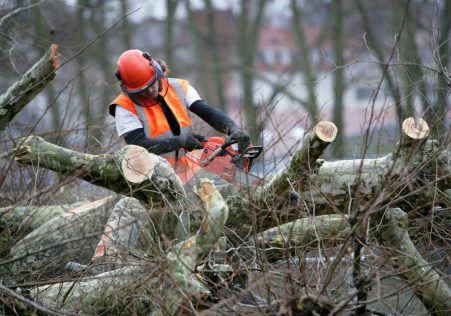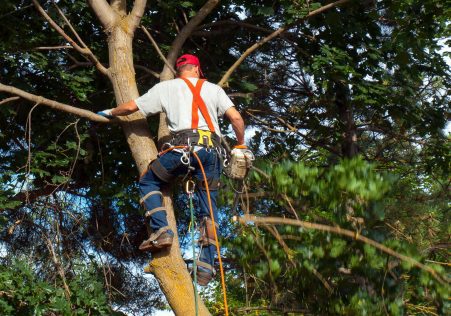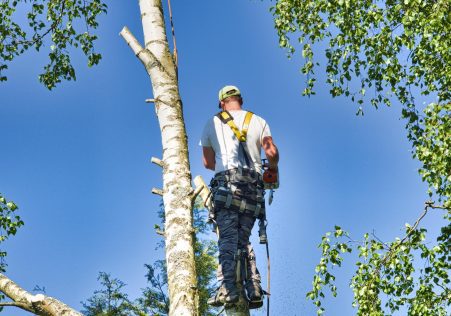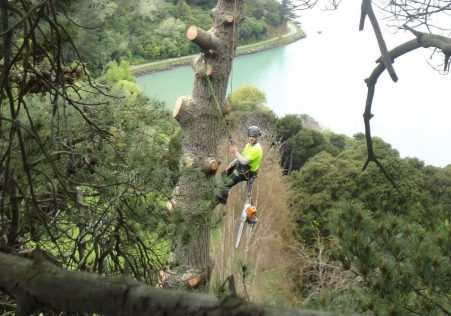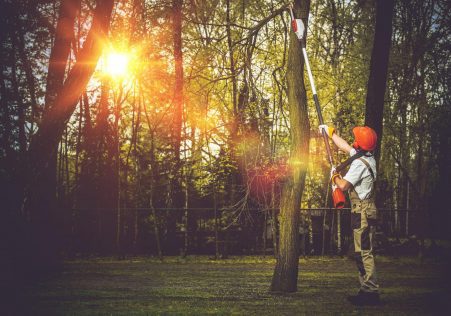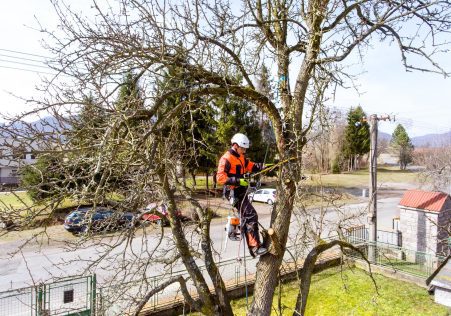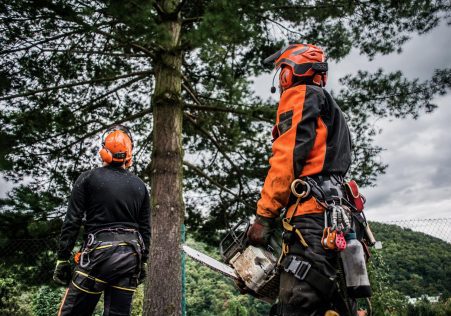Save Your Property and Your Safety: Knowing Tree Extraction
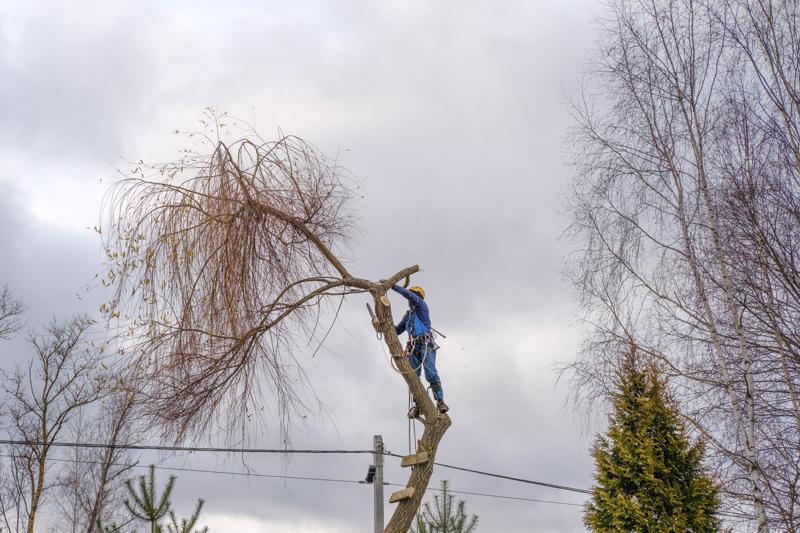
Tree removal is a difficult and possibly dangerous job. If a tree is dead or ill-healthed, or is at risk to fall, the tree might have to be removed in order to avoid damage to property and make sure that the tree is safe. But how do you tell whether a tree should be cut down? This article will take you through the warning signs to watch out for and help you figure out the right time to call in the professionals.
Dead or Dying Trees
One of the evident signs that a plant needs to be removed is when it is dead or dying. Dead trees are without leaves and could appear lifeless. If a tree has no leaves or signs of new growth, it is likely dead. The bark of dead trees might be dry, cracked or peeling.
Trees with diseases
Diseased trees could pose a danger to the other plants and trees within the vicinity. The signs of disease that are common in trees include dying leaves, wilted or yellowed branches, and mushroom growth at the bottom of the tree. If you think your tree may be diseased It is essential to get it checked by a professional arborist.
Leaning Trees
TreesLeaning trees to one side can indicate that the root system is failing, and the tree may be at risk of falling. To identify if a leaning tree is a danger, look for cracks or breaks within the trunk and look into the soil surrounding the tree’s base. If you see any of these signs you should have the tree evaluated by an arborist.
Overhanging Branches
Overhanging branches of trees that are in close proximity to buildings or power lines could pose a threat to property and safety. If you’re concerned about overhanging branches you should get the tree assessed by an arborist who will determine whether removal or pruning is necessary.
FAQs
How can I tell if a tree is dead?
An individual tree can be said to be dead when it lacks leaves and has no signs of growth. Additionally, the bark of a dead tree can be dry, cracked or peeling.
What are the warning signs of a tree that is diseased?
Common signs of disease in trees include dying leaves, wilted or yellowed branches, and mushroom growth at the bottom of the tree.
Is it safe to take down a tree yourself?
Tree removal can be a complicated and possibly dangerous job. It is best to leave the task to the experts to ensure the safety of yourself and others.
Conclusion
When you’re dealing with tree removal, it’s crucial to be aware of the indicators that indicate that a tree should be removed. If you are aware of signs of dead or dying trees, diseased trees leaning trees, and overhanging branches, you can take steps to ensure the safety of your property and the people around you. If you believe that a tree on your property needs to be removed, don’t hesitate to call Tree Removal Service Brisbane for a professional evaluation. Our arborists with years of experience are equipped with the knowledge and experience to handle all the tree removal requirements. Do not risk your security. If you suspect that the tree that is on your property must be removed, call Tree Removal Service Brisbane today for a professional assessment. Our expert arborists can provide you with peace of mind that comes from knowing your property is safe in the hands of our experts. Call us now at 1300 735 217 to schedule an appointment.

